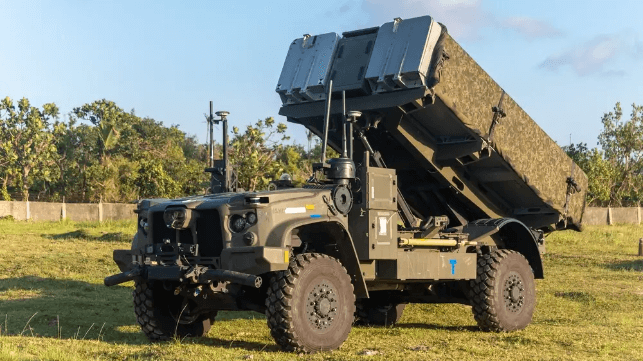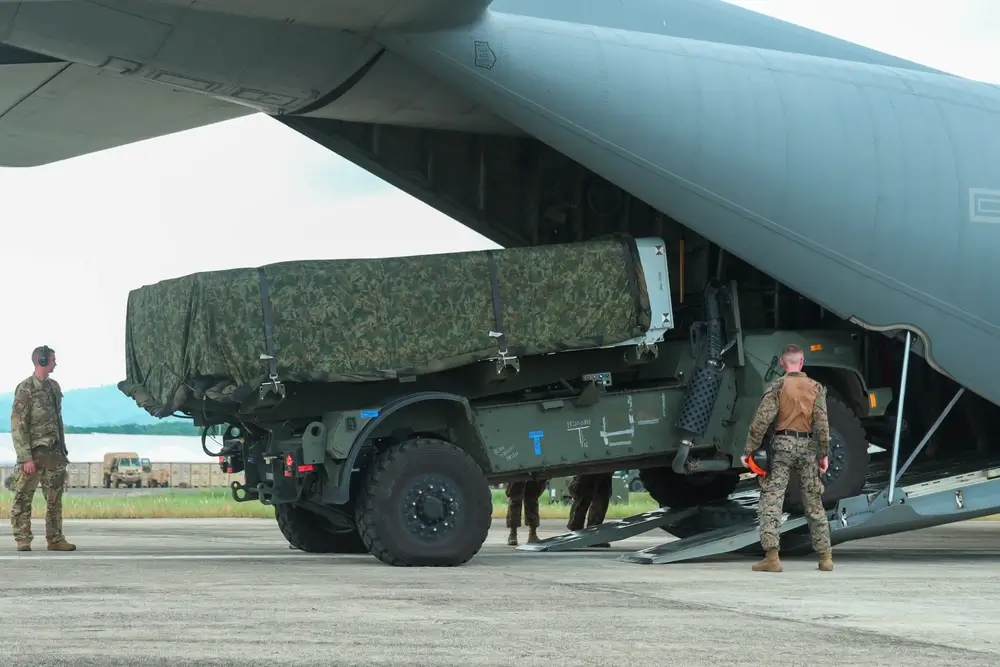Marine Corps Makes its Anti-Ship Missile Debut in Philippines

The U.S. Marine Corps' new antiship role in the Western Pacific made a major debut in the latest round of joint U.S.-Philippine exercises. Traditionally focused on amphibious assault and crisis response, the USMC has restructured its doctrine to get ready for the fight in the First Island Chain, with China's powerful surface navy squarely in its sights.
The new, reenvisioned Marine Corps is centered in part on a light unmanned truck with two antiship missiles - the Navy-Marine Expeditionary Ship Interdiction System, or NMESIS. The NMESIS unit has a survivability edge over a typical coastal defense battery, as the launchers are unmanned, easily relocated, and can be controlled remotely - reducing the risk that personnel will be hit in any attack on the launch site.
Each launcher truck is capable of partial or full autonomous navigation, and carries two Kongsberg-built Naval Strike Missiles (NSMs), the same antiship missile fielded by the U.S. Navy's Littoral Combat Ship (and by vessels of five other NATO nations). The NSM is built of composites and has a stealthy profile, designed to evade detection by the target vessel's air defense radar.

A NMESIS launcher arrives at Batan Island aboard a C-130 transport aircraft (USMC)
During Balikatan 2025, for the first time, Marine Corps units with NMESIS launchers deployed to the Batanes Islands in the Luzon Strait. The task force used a standard C-130 transport aircraft to fly the lightweight launch equipment into the theater. The rapid deployment and the location sent a message: from central Batan Island, the NSM could range the full span of the Bashi Channel and the rest of the Strait, from the southern tip of Taiwan to the northern tip of Luzon.
In future operations, NMESIS would likely deploy into a combat zone in larger numbers: each Marine Corps NMESIS unit will field 18 launchers, and the service wants to have three units (54 launchers) forward-positioned in the Pacific. The service wants to have a total of 261 launchers in its inventory by 2030.
